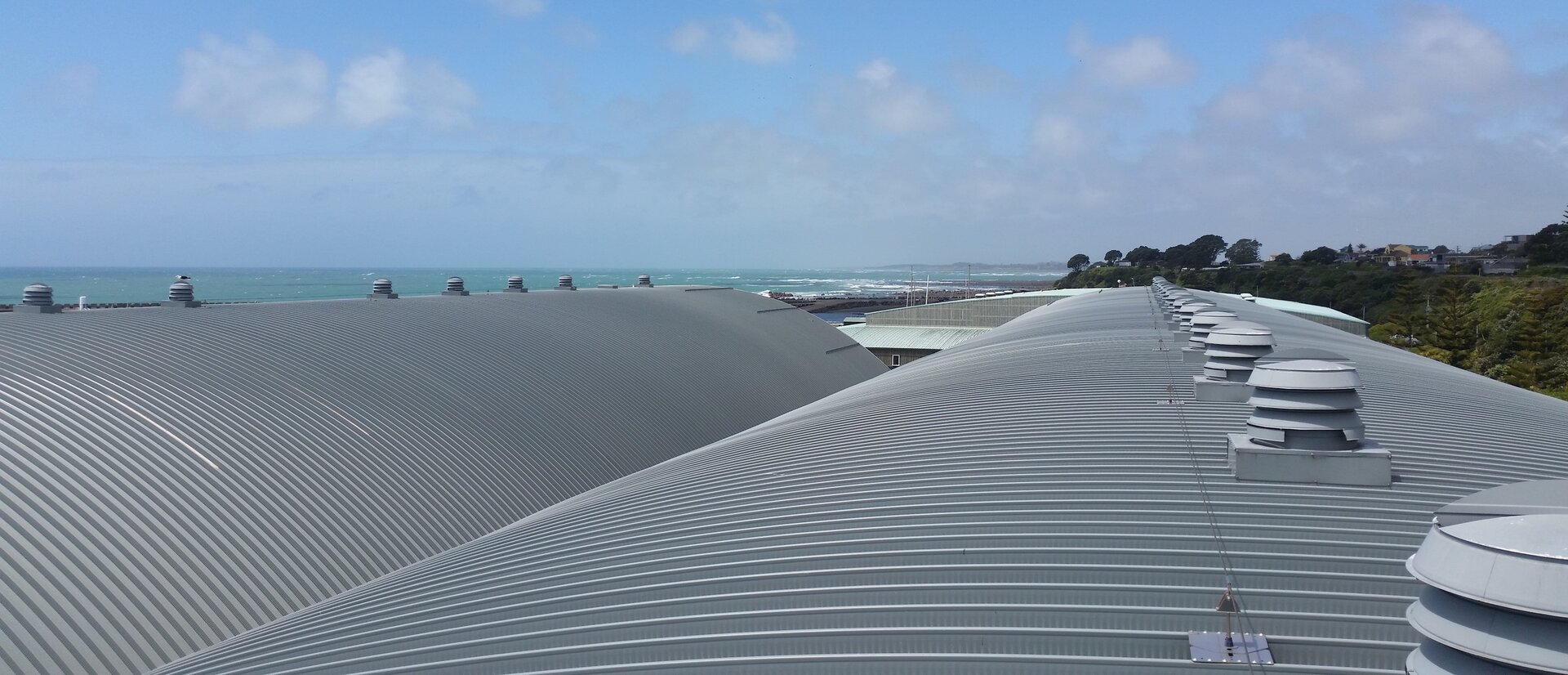The article below was published by the Department of Building and Housing as far back as 2007, raising concerns about the structural adequacy of systems designed to protect the lives of those working at height. Sadly non-compliant Fall Arrest and Rope Access systems are still being sold and installed in our country today.
In a recent survey carried out on 34 new buildings and 119 existing buildings over 24 months, results showed that an alarming rate of over 30% of Installed Anchor Points failed to meet required testing standards!
This survey was carried out by Working at Height Association Limited (WAHA) on buildings in Australia and not New Zealand, although the same standards apply.
Essential Safety Limited insist on the involvement of a Certified Professional Engineer (CPEng) during installation of new systems, and certification of older systems, ensuring the safety of the user is to the highest standard.
Ensure your Safety systems are compliant and tested to today's Standards and Best Practice Guidelines, after all - lives are literally on the line!
Concerns have been raised over the safety of roof anchors – eye bolts attached to roofs and walls for fixing safety lines for workers. The concerns relate mainly to light steel construction.
Although roof anchors will be adequate in many situations, the Department recommends that a structural engineer be consulted if there are any concerns about their safety.
Concerns over roof anchors relate to:
A structural engineer may be needed to assess the effect of adding anchors and determine whether other strengthening is needed.
There are also vague requirements for checking that a building can carry the anchor loads. This is despite AS/NZS 1891.4: 2000, Industrial Fall-Arrest Systems and Devices - Selection, Use and Maintenance, requiring that in each industrial fall-arrest system 'the building or structure shall be assessed by an engineer'. This Standard represents industry best practice but is not mandatory.
http://www.dbh.govt.nz/codewords-23-11
In a recent survey carried out on 34 new buildings and 119 existing buildings over 24 months, results showed that an alarming rate of over 30% of Installed Anchor Points failed to meet required testing standards!
This survey was carried out by Working at Height Association Limited (WAHA) on buildings in Australia and not New Zealand, although the same standards apply.
Essential Safety Limited insist on the involvement of a Certified Professional Engineer (CPEng) during installation of new systems, and certification of older systems, ensuring the safety of the user is to the highest standard.
Ensure your Safety systems are compliant and tested to today's Standards and Best Practice Guidelines, after all - lives are literally on the line!
"Ensure roof anchors are safe" Department of Building and Housing - Codewords Issue 23 October 2007
Concerns have been raised over the safety of roof anchors – eye bolts attached to roofs and walls for fixing safety lines for workers. The concerns relate mainly to light steel construction.
Although roof anchors will be adequate in many situations, the Department recommends that a structural engineer be consulted if there are any concerns about their safety.
Concerns over roof anchors relate to:
- weakened structures that could result in roof failure
- connections that are not strong enough to save a falling worker
- roof leaks that could lead to deterioration of both the attachment and the structure of the building
- inadequate inspection and repairs after the emergency use of a roof anchor.
A structural engineer may be needed to assess the effect of adding anchors and determine whether other strengthening is needed.
Installation guidelines are vague
Technical literature provided by manufacturers does not adequately address the strength of the member that roof anchors are attached to. Stopping the fall of a worker can result in large forces on the roof structure, which may weaken it against future high winds or carrying maintenance workers.There are also vague requirements for checking that a building can carry the anchor loads. This is despite AS/NZS 1891.4: 2000, Industrial Fall-Arrest Systems and Devices - Selection, Use and Maintenance, requiring that in each industrial fall-arrest system 'the building or structure shall be assessed by an engineer'. This Standard represents industry best practice but is not mandatory.
http://www.dbh.govt.nz/codewords-23-11

